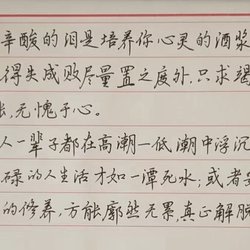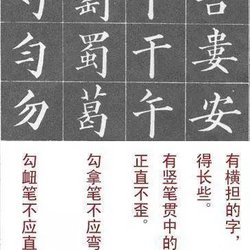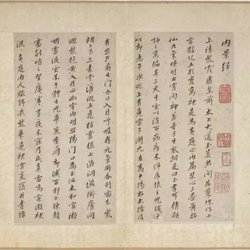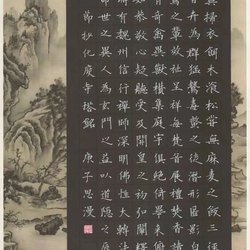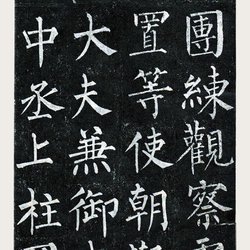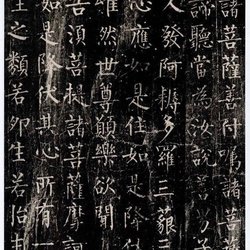"The calligraphy on this monument (Duobao Pagoda) is vigorous and has the most attitude." - Wang Shu, Qing Dynasty
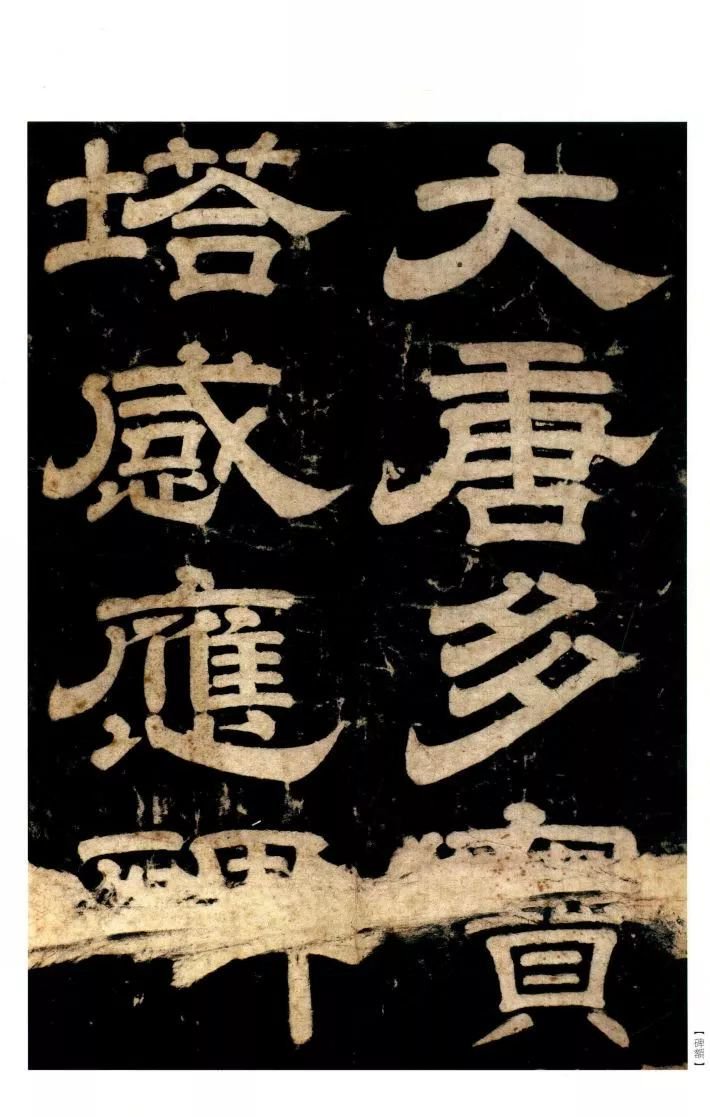
The full name of "Duobao Pagoda Stele" is "Inscription on Duobao Pagoda of Qianfu Temple in Xijing, Tang Dynasty". It was written by Yan Zhenqing, a calligrapher of the Tang Dynasty, in the eleventh year of Tianbao (752). It reflects his early calligraphy style, with neat and meticulous fonts and strict structure. , is meticulous in his writing, so this obelisk is also the most popular model for future generations to learn regular script.
The 20 most beautiful words in "Duobao Pagoda Stele"
1. Wonderful left and right structure, regular layout, incorporating ancient methods into new ideas.
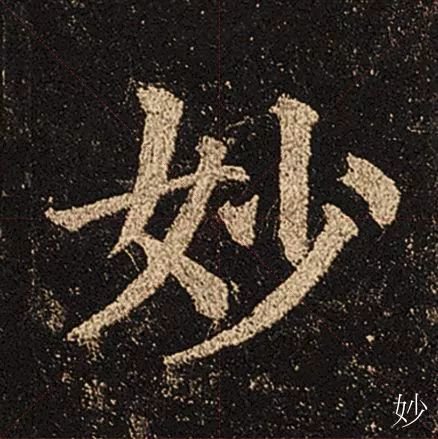
2. Lian has the style of seal script and Northern Wei Dynasty, and the calligraphy style is vigorous and broad.
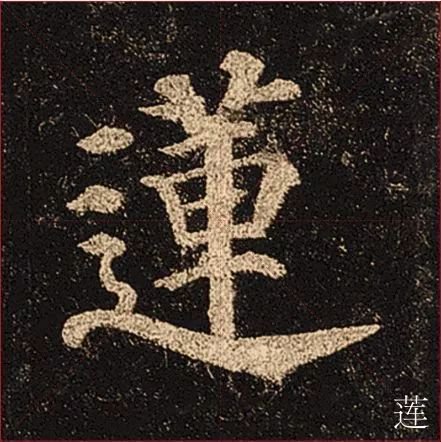
3. Hua breathes out the wind spirit with vigor and vitality, and her youth is fully revealed.
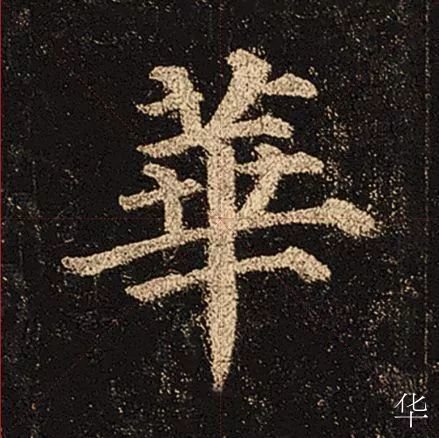
4. The Buddha's strokes are meticulous and detailed, and have an air of ecstasy.
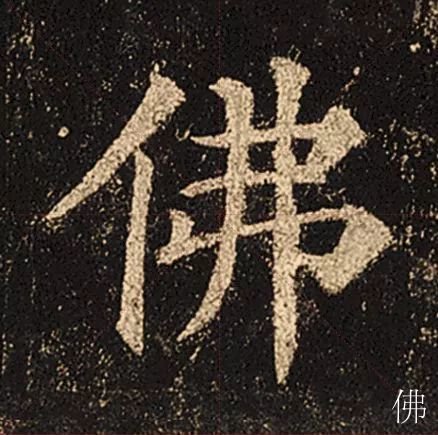
5. The secret point is like a falling stone, with images appearing vertically and horizontally.
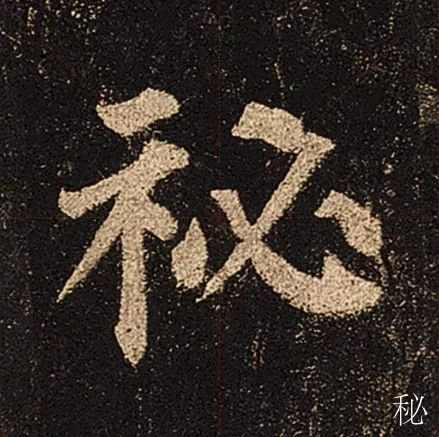
6. With just three simple strokes, everyone’s style is revealed.
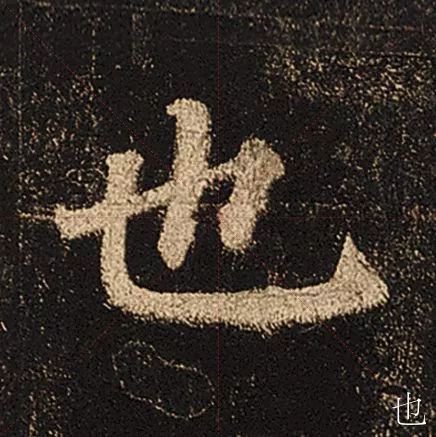
7. Multiple up and down structures, which can be balanced even when tilted.
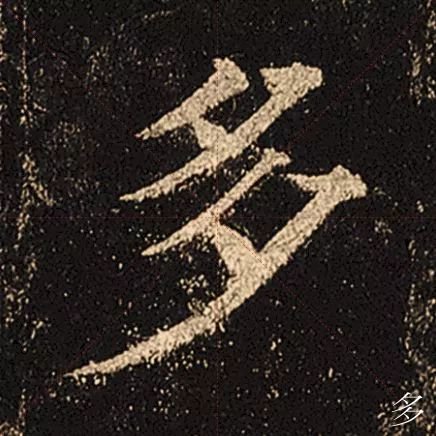
8. Treasure Sees change in unity. The treasure hijab is covering the head, reflecting the all-encompassing aspect of the face and body.
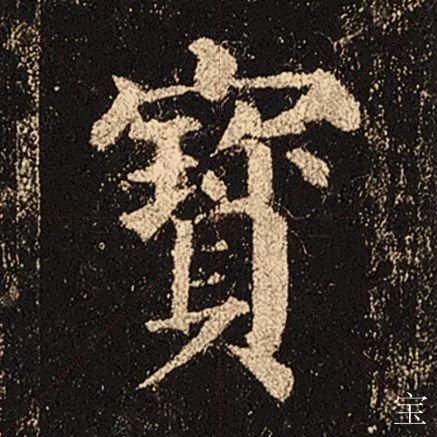
9. Sutra: Balance balance between left and right, and balance length and length.
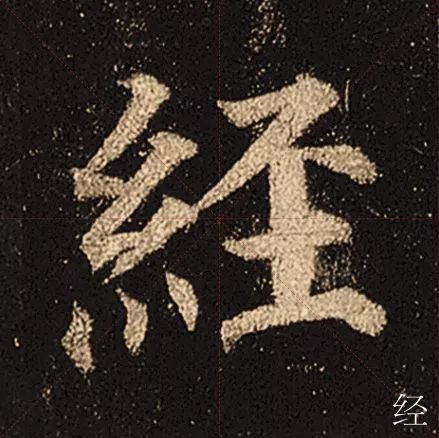
10. It is divided into four strokes, the strokes are disconnected but the rhyme is connected.
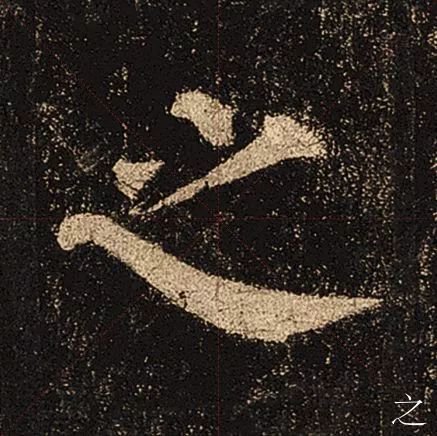
11. When using the pen, the thickness can vary and it can be used with ease.
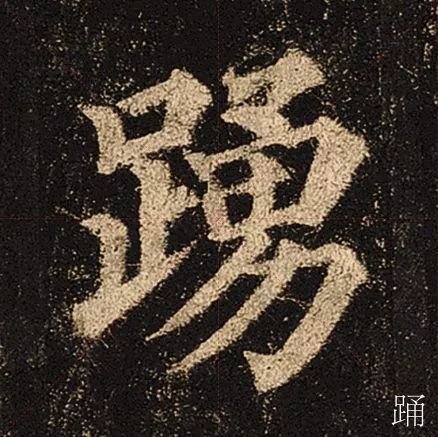
12. Make sure the components are interspersed and avoided, and the center of gravity should be stable.
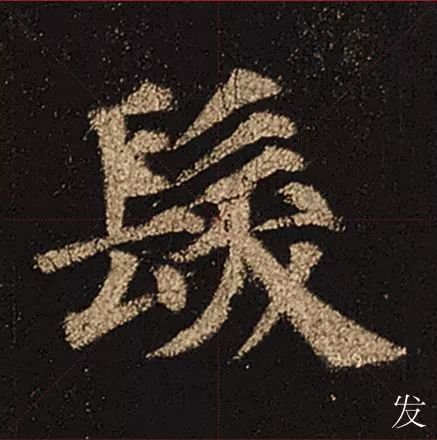
13. The left and right structure of the explanation, the font is dignified and honest, just like Yan Zhenqing, which is awe-inspiring.
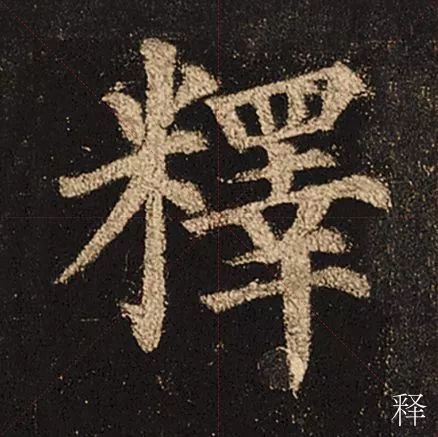
14. The left part of the door is slightly smaller and the right part is slightly larger. The hooks have clear edges and corners, the characters are square and have a three-dimensional feel.
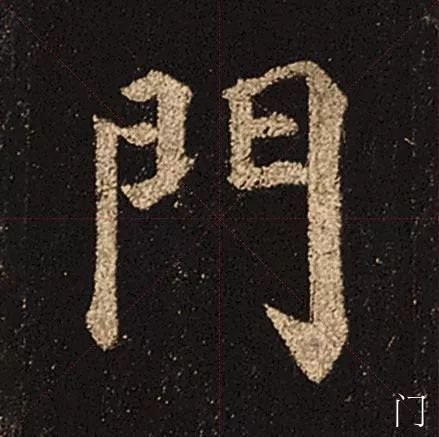
15. Qing is a semi-encircled structure, with lighter strokes and heavier strokes, tight inside and loose outside, sparse and broad.
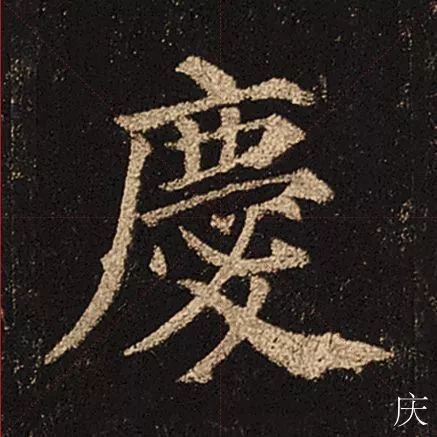
16. Mother has an independent structure, rich changes in two points, and is solemn.
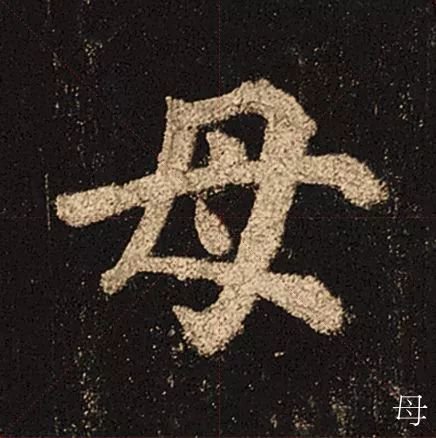
17. Wu is densely gathered, and the Qingxiong spirit surges between the lines.
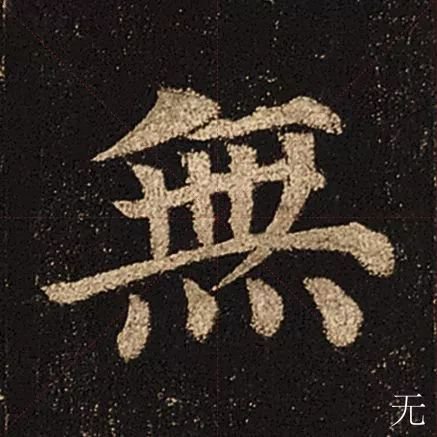
18. The layout is well-proportioned and open and closed.
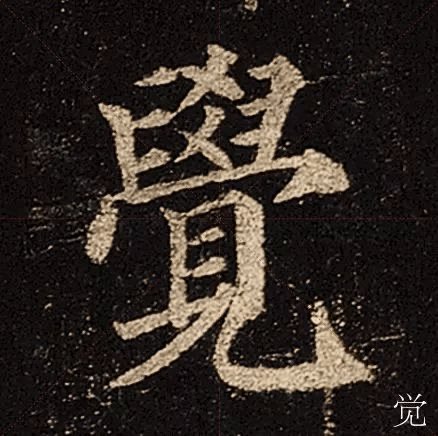
19. The image is neatly arranged, bold and majestic, the technique is concise, and it is very contagious and shocking.
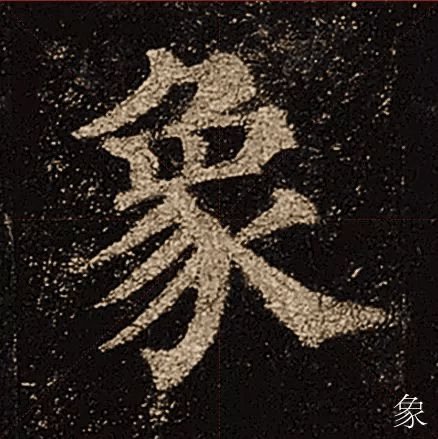
20. Zang Bi Bi Zang Feng, closer to the general popular calligraphy style.
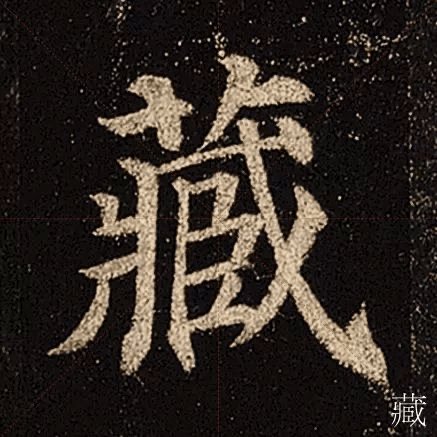
The material comes from the Internet, and the copyright belongs to the original author!

